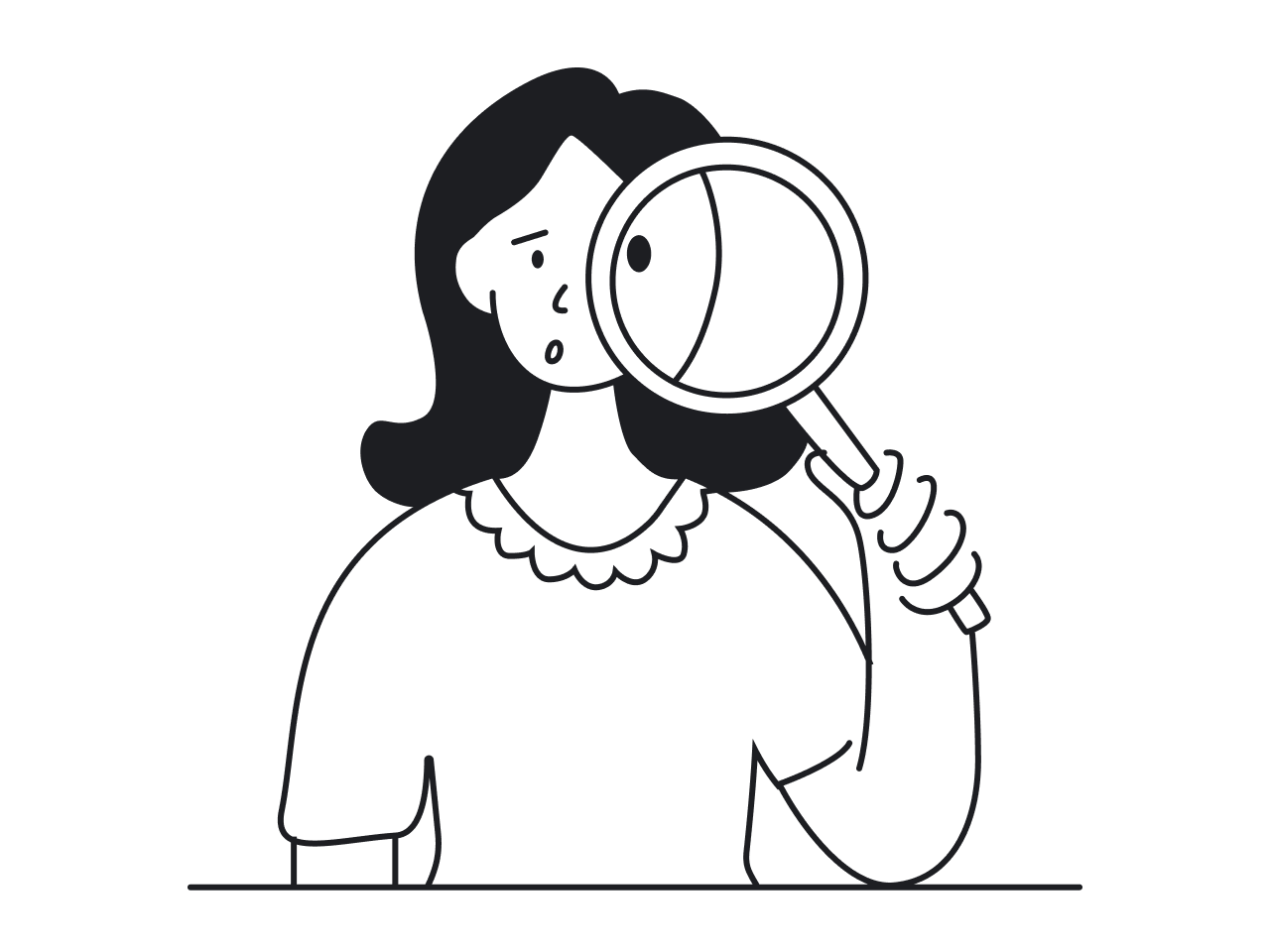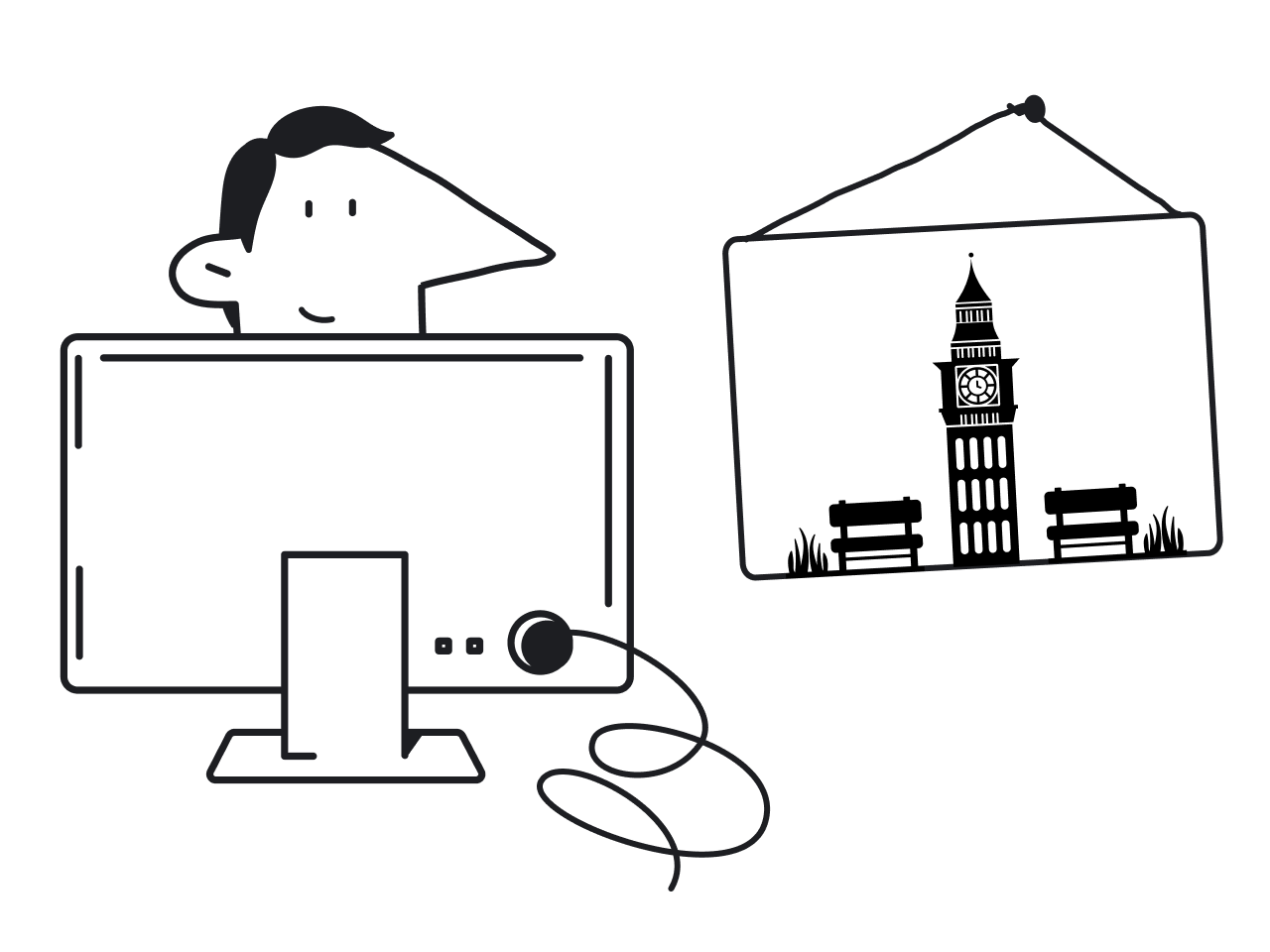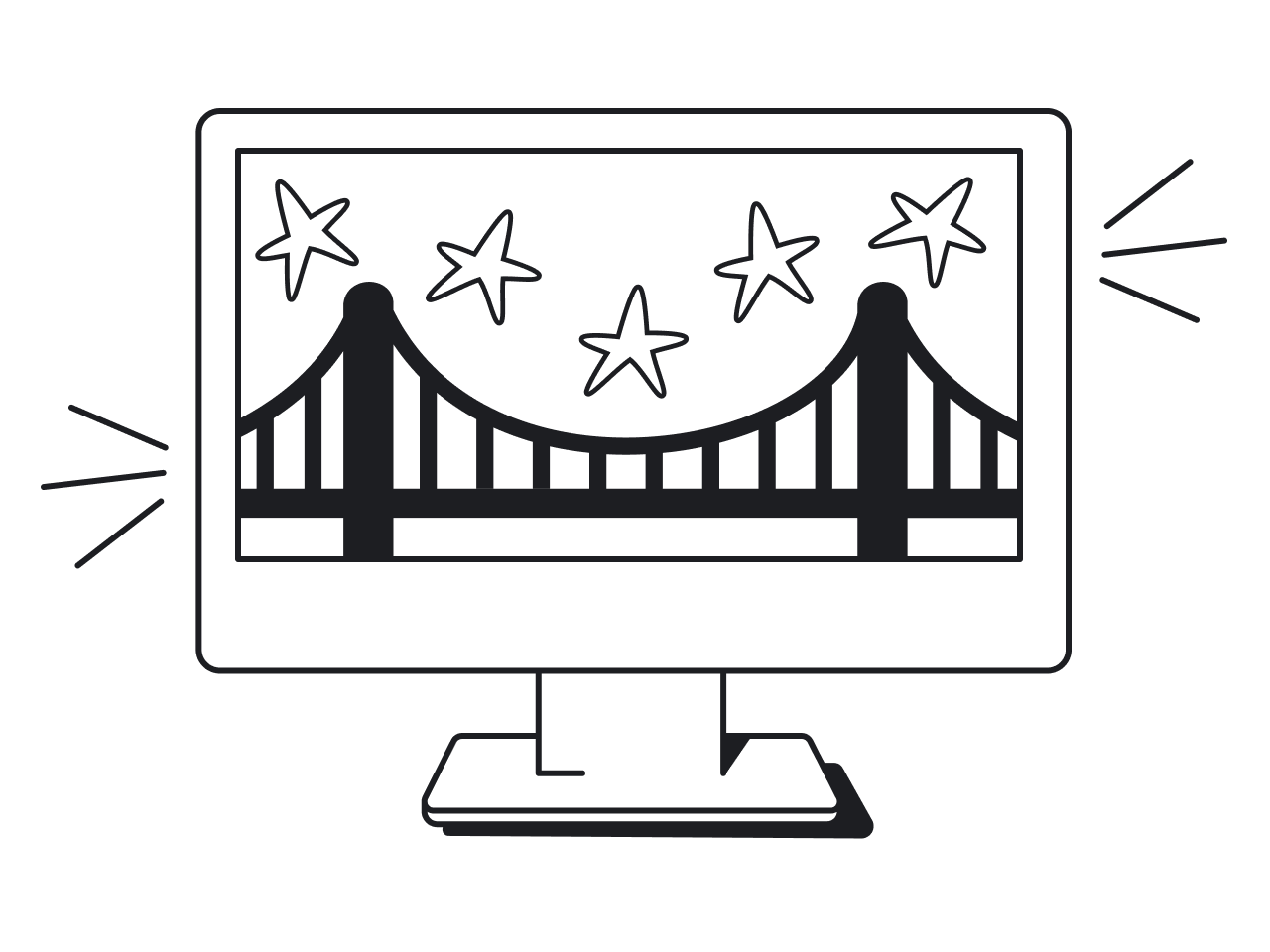How much does it cost to hire a designer? No matter if you're a startup owner or a CEO of a huge enterprise, you'll inevitably face this question. A product can be developed without any participation of designers (but as a design agency, we don’t recommend doing that), but it can’t be launched to the public without a designer’s hand. So, when it is your first time looking for a product designer, our article will help you grasp an idea of how much they charge, what their rates depend on, and where to find a good fit for your team.
Without further ado, let’s start with the question you came here.
How much do designers charge?
According to the latest Indeed statistics, the average UX designer salary in the US ranges from $61,454 to $149,184. This makes UX designer hourly rate $43.54.
When compared, designer fees in Europe are lower, but rates heavily depend on the country you choose. For example, designers from Western European countries have higher salary expectations compared to Eastern Europe due to taxes and higher cost of living. Still, you can expect the median UI/UX designer salary to drop to approximately $50K. We'll break down the prices according to the location and the skill level later in this article.
So as you can see, it is not cheap to hire UX designers or product designers. So the logical question is, why is it so? We’re just about to answer this question.
What makes a designer's salary?
There are various factors that contribute to the candidate’s salary expectations, but the most important ones are years of experience, designer’s specialization, their location and form of collaboration. Let’s look closely at each of them.
Experience
According to Indeed, UX designer entry level salary in the US is around $82,115. It takes from 3 to 5 years for a designer to get to the middle level and such specialists may ask for around $115K per year. Finally, with more than 10 years of experience, a Senior UX designer salary will go up to $127K per year.

Specialization
It may come as a surprise to you, but when talking about design, there are more roles than everyone’s favorite “UI/UX designer”. Of course, smaller companies can have just one UI/UX designer with a wide range of responsibilities. But big industry players may look for various types of specialists for different projects. Among them are UI designers (as a separate division), interaction designers, product designers, Information architects, UX researchers, and UX writers. In 2023, the average salaries of different specialists in the US are as follows:

Visual designer salary will average to $91,250, and interaction designer salary follows suit with $90,198.
On average, UI designer salary expectations tend to be lower. And a web designer salary is even more modest. But they are not the best fit when you hire someone for a startup. Their strengths lie with visuals and aesthetics, while UX designers' responsibilities are more connected to the product's usability. So if you want to get a universal soldier, look for a product or UI/UX designer.
Location
Designer’s whereabouts is the next salary-influencing factor you have to consider. UX and product designer salary in the US varies from one region to another. For instance, in San Francisco, New York, Seattle, and Chicago, where headquarters of the biggest tech companies are located, a UI/UX designer charges more than in places where the IT sector is not among the leading ones.
The picture below shows this difference: “cheaper” states are colored in pink, while “more expensive” in blue (black – no data).

Overall, average costs can be more than 25% higher depending on the state. That is why some businesses are searching for employees that don’t have to pay the rent in the Bay area.
Unfortunately, there is not yet a single database with designer salaries from all over the world. But the info from various sources still allows us to gain some valuable insights.

Hiring a designer from Canada or Australia will cost you around $55K. In the UK, as well as in most EU countries, an average design cost is somewhere around $50K, as mentioned, with Germany and Norway being the priciest. As for Central and Eastern Europe, the numbers are around $30 to $40K. Chinese developers have salary expectations similar to their Eastern European colleagues, but in Singapore and Japan, an average UX designer salary will go up to $66K.
Here is a brief overview on the designer's salary depending on their location:

Of course, looking for a designer from abroad is not as easy as it seems: employing people overseas means having meetings with a 6 to 10 hours difference (Europe), or even an 11 to 17 hours difference (Asia), plus some communication barriers being in place. But it's still doable! If you wonder where you can look for good candidates from all over the world, check our guide on how to find a designer for SaaS.
Form of collaboration
The final cost also depends on how you want to collaborate with your future designer(s). The most popular forms of collaboration include hiring in-house designers, partnering with freelancers, and working with design agencies.

In-house
Probably the first option that comes to mind, especially if you have numerous on-going projects or expect to update your product's design regularly. You pay a flat rate and, once you’re done with onboarding, you get a new team member on board (and hopefully, for many for years to come).
However, hiring an in-house designer comes with additional costs. Computers, tablets and other equipment will constitute a one-time expense. Still, you will also have to pay for designer’s insurance and sick leaves, so keep that in mind.
An unexpected cost might come from paying overtime or outsourcing some of the tasks if the workload turns out to be larger than expected. And, if after the probationary period you realize the designer is not a good fit for the team, you will have to waste more time and money on starting the hiring and onboarding process all over again while potentially losing money if your product's design is still half-baked.
Freelancers
Freelancers usually charge an hourly rate, which will vary depending on their qualification. Usually, they will not price their services lower than their colleagues employed full-time. Still, you will save some money on benefits and equipment.
But when it comes to hiring freelance designers, we strongly recommend opting for this approach only if you have some previous experience. We don’t want to hurt anyone’s feelings, but it can’t be denied that hiring inexperienced freelance designers is a risky step to take.
You might save some money on a junior designer's hourly rate, but you will lose more on redesigning and rebuilding your product if something goes wrong. Even with a more experienced designer, freelance brings the risks of miscommunications between the designer and engineers, which will cost you time and money. And if for some reason a freelancer is unable to continue working with you, just like with an ill-fitting in-house designer, you'll have to invest in looking for a new candidate, quite possibly in the most unfortunate moment.
Agency
A design firm will charge depending on the scope of the project. So, there is no way of estimating the cost of their services unless you ask for a quote personally. On the one hand, the cost would be higher. On the other hand, you will save time on searching, hiring and onboarding the design team, as well as project management, when compared to hiring in-house designers.
When you’re curious to learn the details, we have a separate article describing all pros and cons of in-house designer vs agency that you’re welcome to read.
How to get the best design talent for less
Just to make it clear, we would not recommend saving money on design. Successful companies heavily invest in design, and the McKinsey report says that these investments do pay off. But of course, there are ways of getting great talent to work on your project without breaking the bank.
As mentioned, despite being more expensive than hiring a freelancer, but still cheaper than assembling the team of in-house designers from scratch, collaborating with an agency might be your go to. And when you collaborate with Eleken, you can save even more thanks to our unique pricing model.
As a UX design agency that provides design services for SaaS, our pricing is similar to SaaS companies. Yes, you’ve read it correctly: you pay a monthly subscription fee and get a designer or a team working full-time on your project only. What’s more, with Eleken, you won't have to worry about insurance, benefits, and equipment - we got you covered. Last but not least, with us, you can forget about project management fees, too. The reason is because we don’t have any project managers and let our clients talk to their SaaS designers directly, without involving any middle man.
To sum up
Typically, when it comes to hiring any talent, the final price you’ll have to pay is your soul depends on the project complexity and factors we’ve covered in this article. But when you’re looking to partner with a design agency and don’t want to take many risks, consider collaborating with Eleken.
At Eleken, we offer a subscription-based model, which allows you to cut costs and hire remote SaaS designer(s) fully committed to your project. And when you want to see whether our offer is worth it, we offer a free trial.
Want to know how much the quality design of your product will cost when working with us? Drop us a line!




.png)








